Myogaksa Temple-Seoul (묘각사 (서울))
2020-01-31
31, Jong-ro 63ga-gil, Jongno-gu, Seoul
Located east of Naksan Mountain at Sungin-dong, Jongno-gu in Seoul, Myogaksa Temple offers the urbanites a chance to experience Temple Stay. Since 2002, Myogaksa Temple has run its special Temple Stay program titled “Free from All Anxiety”, which sees a growing number of foreign participants every year. Moreover, you may also have a chance to experience Korean traditional culture as well as get to know Korean history better through interesting stories.
Sono Belle Byeonsan Ocean Play (소노벨 변산 오션플레이)
2024-04-07
51, Byeonsanhaebyeon-ro, Buan-gun, Jeonbuk-do
+82-1588-4888
Sono Belle Byeonsan Ocean Play is located next to Gyeokpo Beach on Byeonsan Peninsula. This luxurious resort is patterned after Normandy Beach and its European-style architecture. With an ocean view throughout the facility, the water park provides guests with various entertainments including an indoor pool, outdoor wave pool, waterslides, baths, sauna and more.
Jangheung Cheongwansa Temple (천관사(장흥))
2021-11-29
1272-473, Chilgwan-ro, Jangheung-gun, Jeollanam-do
+82-61-867-2954
Cheongwansa Temple is situated in the middle of Cheongwansan Mountain and is believed to have been built by Monk Tongyeong during the Silla Kingdom. It was once home to over 1,000 monks in its 89 buildings. Beneath the temple’s humble exterior is an impressive collection of cultural properties including Cheongwansa Three-Story Pagoda (Treasure), Cheongwansa Seokdeung (stone lantern), Five-Story Pagoda, and Jangheung Tapsansaji Seokdeung (stone lantern). In addition, Cheongwansan Mountain is known for beautiful camellias in spring and gorgeous silver grass in fall as well as an array of fascinating rock formations. Visitors can also enjoy the views of Dadohae (an archipelago) from the top of the mountain.
Cheongwansan Literature Park (천관산 문학공원)
2019-10-03
Yeonji-ri, Jangheung-gun, Jeollanam-do
+82-61-860-0224
Cheongwansan Literature Park is located on the outskirts of Cheongwansan Mountain in Jangheung. The mountain itself is known for a unique array of odd-shaped rocks and ridges, attracting many visitors year-round.
Jangheung is nicknamed ‘Literature Town’ for its history of producing outstanding writers. The park commemorates these writers and their development of the modern style of Korean poems, novels, and essays (including Song Gi-suk, Han Seung-won, and Lee Cheong-jun) with a total of 54 monuments; each displaying the best of each writer’s works. A separate monument (7 stories/15m) contains works and handwritten manuscripts by 35 writers and their chronologies in capsules. In addition, over 460 stone towers leading to Tapsansa Temple await visitors.
Boeun Samnyeonsanseong Fortress (보은 삼년산성)
2025-01-09
104, Seongju 1-gil, Boeun-gun, Chungcheongbuk-do
+82-43-540-3406
Samnyeongsanseong Fortress was built during the Silla dynasty. The sprawling stone walls stretch 1.7 kilometers in length with x_heights and x_widths of 13-20 and 8-10 meters respectively. The name of the fortress comes from the time it took to complete the construction, three years ("sam nyeon" in Korean). The fortress was the site of many battles between Silla and Baekje during the Three Kingdoms Period.
Deungeok Hot Springs (등억온천단지)
2024-12-18
197, Alpeuseuoncheon-ro, Ulju-gun, Ulsan
+82-52-277-0101
Situated on the outskirts of Sinbulsan Mountain (part of the Yeongnam mountain range, in southeastern Korea), Deungeok Hot Springs (72,727m²) is a sprawling geothermal site which includes the Sinbulsan, Eonyang, and Gajisan Hot Springs. Nearby to the Sinbulsan, Gajisan, and Ganwolsan Mountains of the Yeongnam mountain range, the complex is ideal for visitors seeking rest and relaxation after their hiking adventures.
The water found in the area contains high concentrations of sodium bicarbonate (substance similar to baking soda), which is believed to be a remedy for dermatitis, indigestion, bronchitis, high blood pressure, and many other ailments. Nearby attractions include Amethyst Cavern Park, Dokkaebi Road, Jakcheonjeong, Ganwol Natural Recreation Forest, and Seongnamsa Temple.
Sinbulsan County Park (신불산군립공원)
2021-06-30
Sangbuk-myeon, Ulju-gun, Ulsan
+82-52-229-7882
Sinbulsan County Park is located in parts of the Sangbuk and Samnam districts of Ulju County. The massive area encompasses 11.66 square kilometers and is home to one of the most impressive peaks in the Yeongnam Mountain Range found in the southeast of Korea. The park’s hiking trails interconnect with those of neighboring Gangwolsan and Yeongchwisan Mountains and attract a large number of hikers year-round.
Near the peak of Silbulsan Mountain sits a fortress with breathtaking views of silver grass. Water starts high above the clouds at Danjobong Peak and trickles down through streams and waterfalls to join the deep mountain valleys. One of the better known attractions in Silbulsan Mountain is Hongnyupokpo Falls which offers impressive views from its gentle cliffs.
Also nearby the mountain are Deungeok Hot Springs and a number of restaurants for hikers to visit and enjoy after a full day on the mountain.
Miryang Eoreumgol Valley (밀양 얼음골)
2020-08-25
1647, Sannae-ro, Miryang-si, Gyeongsangnam-do
+82-55-356-5640
Just north of Jaeyaksan Mountain, Eoreumgol Valley (Ice Valley) sits at an elevation between 600 and 750 meters and covers an area of 29,752m². Designated as Natural Monument No. 224, the valley is unusual in that it begins to freeze in March when the weather becomes warm and thaws in the fall when the weather becomes cold. In the winter, the valley generates warm breezes and the water rarely freezes. Because of these unique attributes, the valley is considered one of the Four Mysteries in Miryang and attracts visitors from early summer through fall.
Seonsu Port (Hupohang Port) (후포항 선수포구)
2021-06-16
Haeannam-ro 2903beon-gil, Ganghwa-gun, Incheon
+82-32-934-7500
Seonsu Port, officially named Hupohang Port, is the largest port on Ganghwado Island, located near Dongmak Beach. Fishing boats anchored here often travel to and from waters near Seongmodo Island, known as a fishery of large-eyed herring. Visitors will find several hoe (sliced raw fish) restaurants along the port, serving hoe prepared with freshly caught seafood.
The seaside destination is close to many nearby attractions including Jeondeungsa Temple, Dongmak Beach, and a scenic drive along the coast of Ganghwado Island. The port is also known for romantic sunsets which are best enjoyed when viewed from between the port and Dongmak Beach.
Cheongwansan Provincial Park (천관산도립공원)
2021-12-07
Cheongwansan-gil, Jangheung-gun, Jeollanam-do
+82-61-867-7075
Cheongwansan Provincial Park is located on Cheongwansan Mountain, which is considered one of the best mountains in southwest Korea, along with Jirisan, Naejangsan, Wolchulsan and Naebyeonsan mountains. The name of Cheongwan comes from the fact that the surrounding boulders resemble a thorny crown worn by an emperor. In autumn, fields of silver grass unfold around the mountain peak, allowing for the Cheongwansan Silver Grass Festival to take place on Yeondaebong (silver grass plain). Also, from the top of the mountain, several grand landmarks like Dadohae archipelago, Wochulsan Mountain and Mudeungsan Mountain in nearby cities can be seen. On a clear day, visitors can even see Hallasan Mountain on Jeju Island. In the middle of the mountain is Cheongwansa Temple, which houses precious cultural properties including Cheongwansa Three-Story Pagoda (Treasure No. 795), Cheongwansa Seokdeung (stone lantern), Five-Story Pagoda, and Jangheung Tapsansaji Seokdeung (stone lantern).
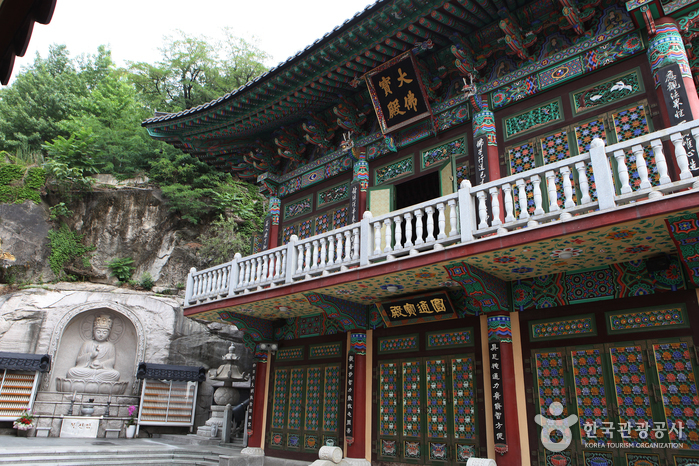
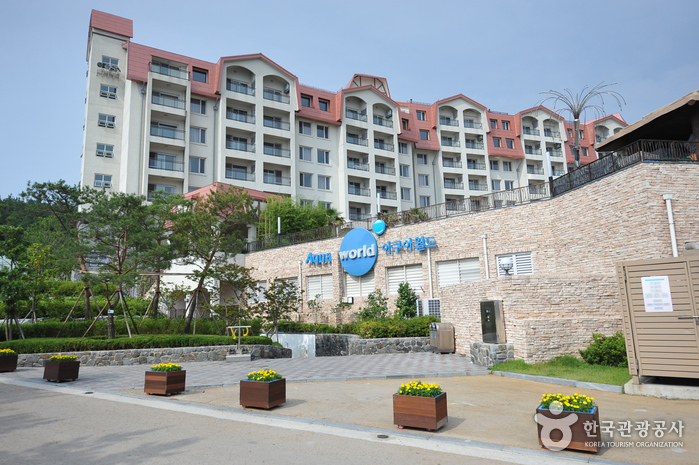
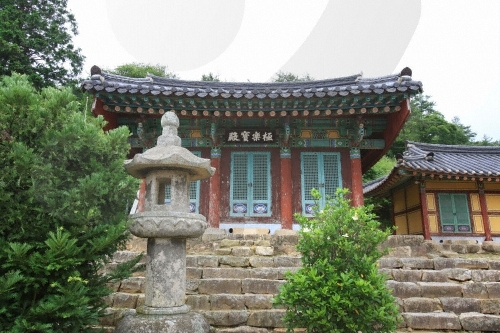
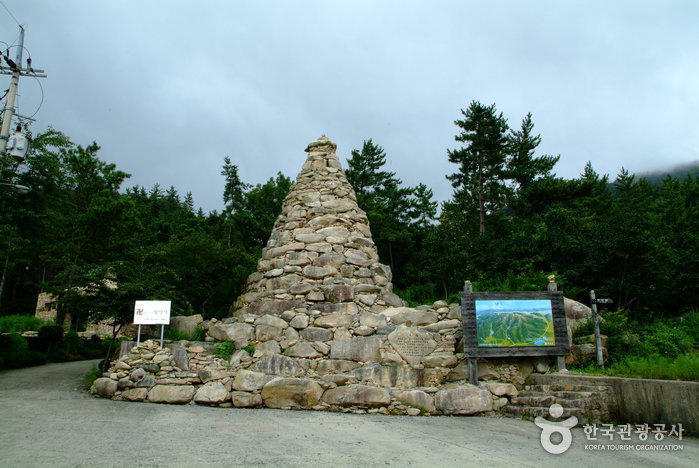
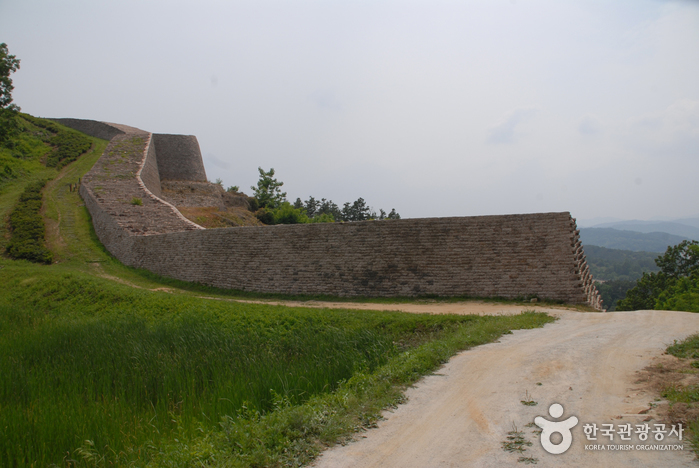
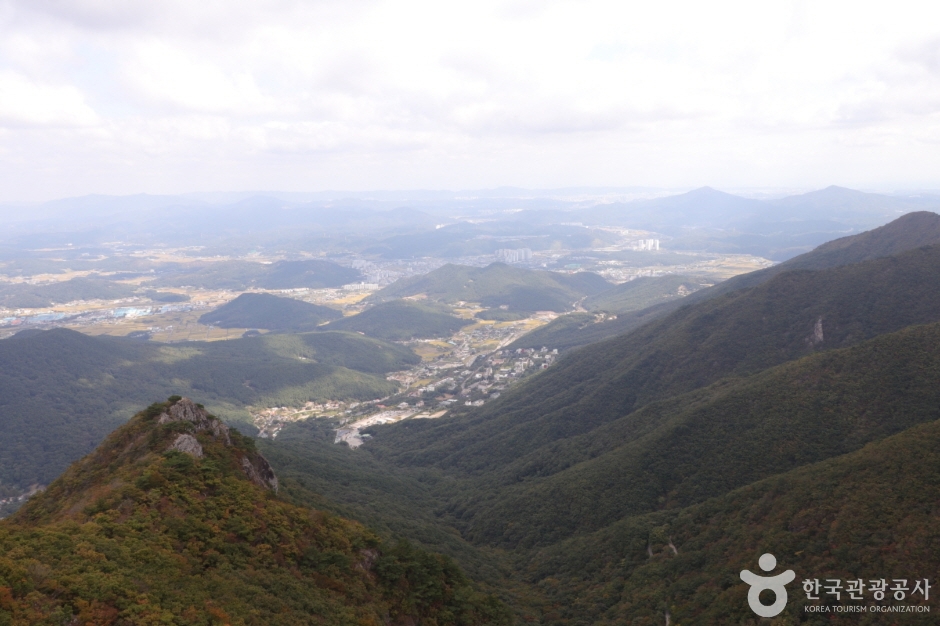
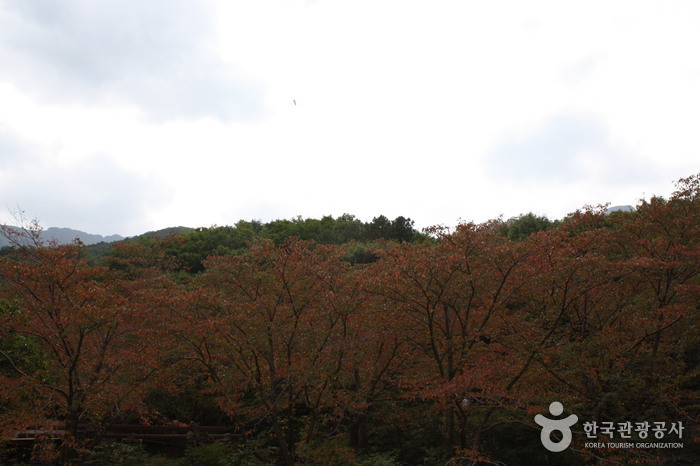
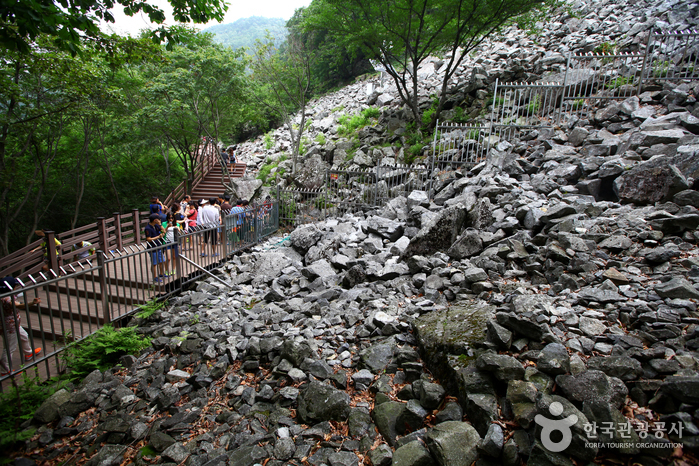

 English
English
 한국어
한국어 日本語
日本語 中文(简体)
中文(简体) Deutsch
Deutsch Français
Français Español
Español Русский
Русский